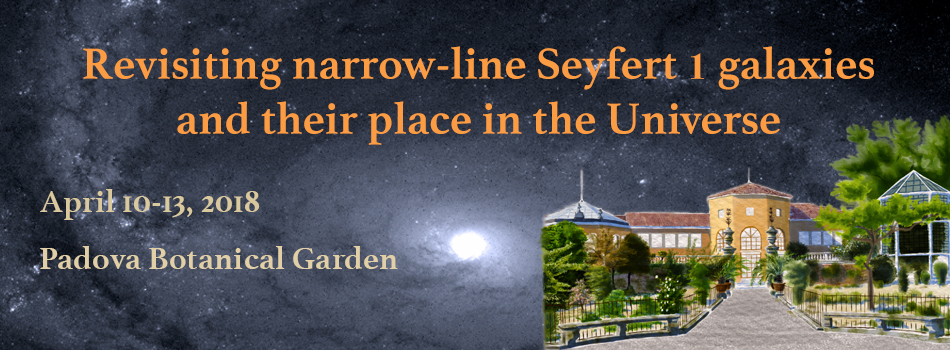Speaker
Description
In this talk, I will present a new accurate catalog of narrow-line Seyfert 1 galaxies (NLS1s) in the southern hemisphere from the Six-degree Field Galaxy Survey (6dFGS) final data release, which is currently the most extensive spectroscopic survey available in the southern sky whose database has not yet been systematically explored. We classified 167 sources as NLS1s based on their optical spectral properties. We derived flux-calibrated spectra for the first time that the 6dFGS indeed does not provide. By analyzing these spectra, we obtained strong correlations between the monochromatic luminosity at 5100 Angstrom and the luminosity of H$\beta$ and [O III]$\lambda$5007 lines. The estimated central black hole mass and Eddington ratio have an average value of $9.55 \times 10^{6} M_{\odot}$ and $0.90 L_{Edd}$ respectively, which is a typical value for NLS1s. In the sample, 23 (13.8$\%$) NLS1s were detected at radio frequencies, and 10 (6.0$\%$) of them are radio-loud. Our results confirmed that radio-loud sources tend to have higher redshift, more massive black hole, and higher radio and optical luminosity than radio-quiet sources.
In this work, we increased the number of NLS1 galaxies and confirmed some well known properties of this class of AGN. This new NLS1 sample can be carried out with advanced telescopes in the southern hemisphere, such as the Extremely Large Telescope (ELT), the Atacama Large Millimeter/submillimeter Array (ALMA), and the Square Kilometre Array (SKA), for the purpose of investigating the peculiarity of NLS1s, with respect to other AGN.

